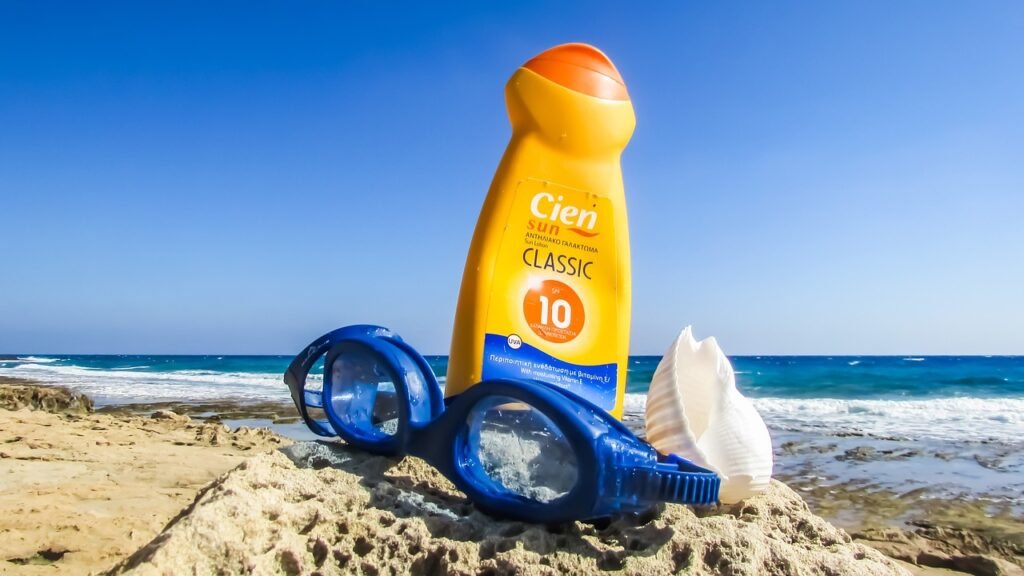Choosing the Right Sunscreen for Your Skin
When it comes to sunscreen, the ultimate question is always, “Which one is best for my skin?” The answer depends on your skin type and personal preferences. Understanding the different types of sunscreens and how they work will help you make an informed choice.
Physical Sunscreen
sunscreens, also known as mineral sunscreens, contain active ingredients like zinc oxide or titanium dioxide—names you can easily recognize and pronounce. These sunscreens create a physical barrier on the skin, reflecting UV rays before they can penetrate and cause damage. Think of it as a protective shield against harmful sunlight.
Key Features of Physical Sunscreen
Blocks UV Rays: Provides a protective barrier that reflects UV rays away from the skin.
Creates a Physical Barrier: Sits on top of the skin rather than being absorbed.
Mineral Actives: Includes ingredients like zinc oxide and titanium dioxide.
Physical sunscreens are ideal for those with sensitive skin because they are less likely to cause irritation. However, they can sometimes leave a white cast on the skin.

Chemical Sunscreen
Chemical sunscreens, on the other hand, contain ingredients that are often harder to pronounce, such as octinoxate and octocrylene. Chemical sunscreen work by absorbing UV rays and converting them into heat, which is then released from the skin. This chemical process prevents the UV rays from penetrating and damaging the skin.
Key Features of Chemical Sunscreens:
Absorbs UV Rays: Changes UV light into heat to prevent skin damage.
penetrates the Skin: Absorbed into the top layers of the skin.
Chemical Actives: Formulated with organic, carbon-based compounds.
The advantages of chemical sunscreens include their lightweight texture, ease of blending, and transparency on the skin. They are particularly suitable for layering under makeup.

Comparison Table
| Type | Mechanism | Key Ingredients | Surface Interaction | Benefits |
|---|---|---|---|---|
| Physical (Mineral) | Blocks UV rays | Zinc oxide, titanium dioxide | Sits on skin surface | Gentle on sensitive skin, immediate protection |
| Chemical | Absorbs UV | Sits on the skin surface | Octinoxate, octocrylene | Absorbed into skin |
By understanding the distinct differences between physical and chemical sunscreens, you can choose the one that best suits your skin’s needs. Whatever you choose, consistent sunscreen use is essential for maintaining healthy, protected skin.

